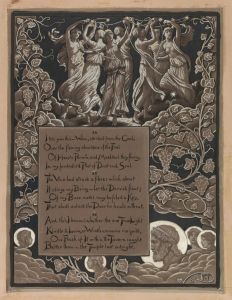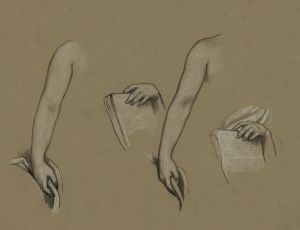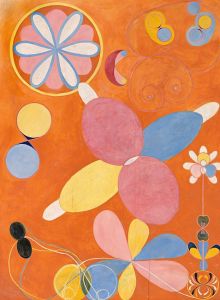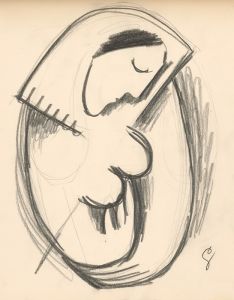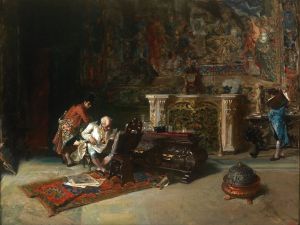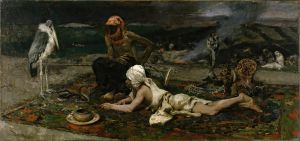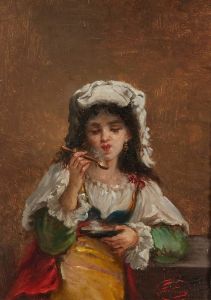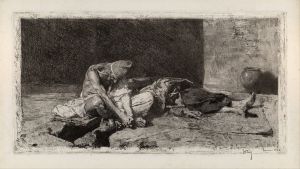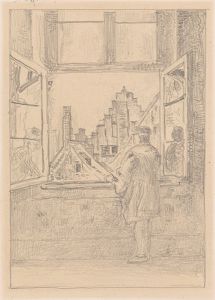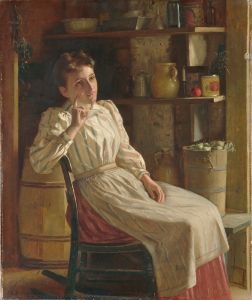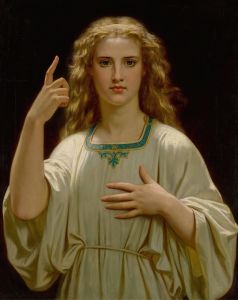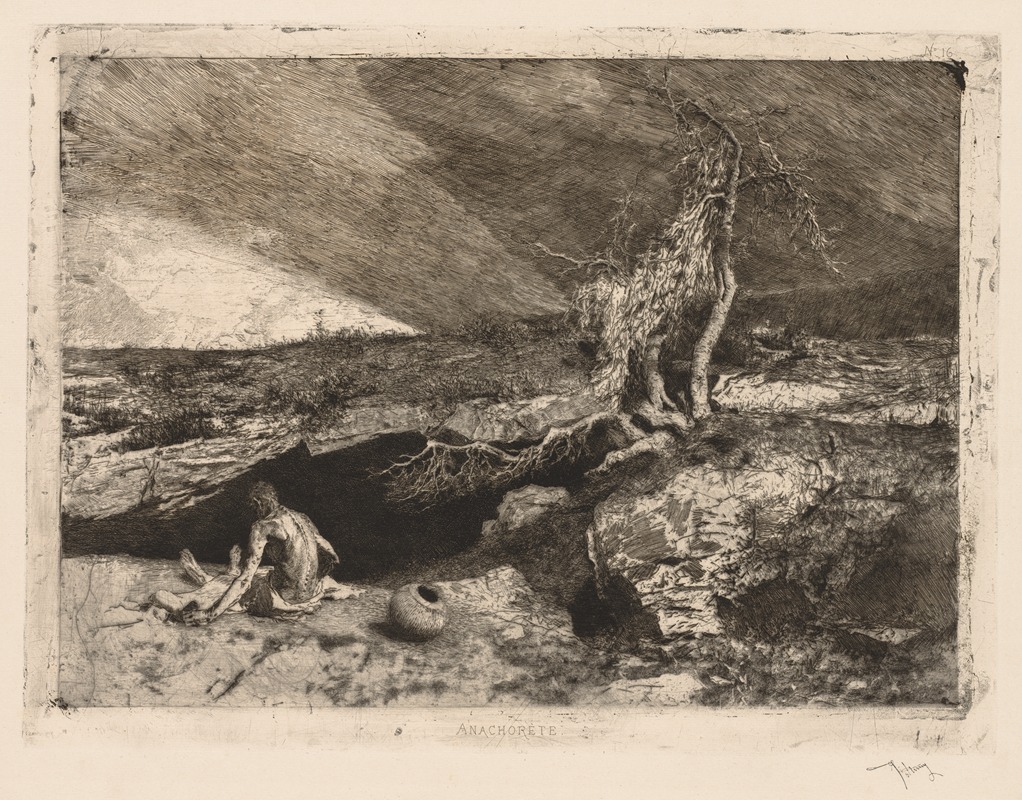
The Anchorite
A hand-painted replica of Mariano Fortuny Marsal’s masterpiece The Anchorite, meticulously crafted by professional artists to capture the true essence of the original. Each piece is created with museum-quality canvas and rare mineral pigments, carefully painted by experienced artists with delicate brushstrokes and rich, layered colors to perfectly recreate the texture of the original artwork. Unlike machine-printed reproductions, this hand-painted version brings the painting to life, infused with the artist’s emotions and skill in every stroke. Whether for personal collection or home decoration, it instantly elevates the artistic atmosphere of any space.
"The Anchorite" is a painting by the Spanish artist Mariano Fortuny Marsal, completed in 1869. Fortuny, a prominent figure in 19th-century Spanish art, was known for his detailed and vibrant works, often reflecting historical and Orientalist themes. Born in Reus, Catalonia, in 1838, Fortuny gained recognition for his technical skill and his ability to capture light and texture, which is evident in "The Anchorite."
This painting depicts a hermit, or anchorite, a person who has chosen to live in seclusion for religious reasons. The subject is portrayed in a contemplative pose, surrounded by a barren landscape that emphasizes his isolation. Fortuny's attention to detail is apparent in the rendering of the anchorite's robes and the rugged terrain, showcasing his mastery of texture and light.
"The Anchorite" reflects Fortuny's interest in historical and religious subjects, a common theme in his work. The painting is executed with a high degree of realism, a characteristic feature of Fortuny's style. His ability to depict the subtleties of light and shadow adds depth to the composition, creating a sense of atmosphere that draws the viewer into the scene.
Fortuny's work was influenced by his travels and studies in Italy and North Africa, where he was exposed to different artistic traditions and techniques. This exposure enriched his palette and broadened his thematic repertoire, allowing him to incorporate diverse elements into his paintings. Although "The Anchorite" is not explicitly Orientalist, the influence of Fortuny's travels can be seen in his attention to detail and his interest in capturing the essence of his subjects.
The painting is part of the collection at the Museu Nacional d'Art de Catalunya in Barcelona, which houses a significant number of Fortuny's works. This museum is dedicated to preserving and showcasing Catalan art, and Fortuny's contributions are a highlight of their 19th-century collection. His works are celebrated for their technical brilliance and their ability to convey emotion and narrative through visual means.
Fortuny's career was tragically cut short when he died at the age of 36 in 1874. Despite his brief life, he left a lasting impact on the art world, influencing subsequent generations of artists. His works continue to be studied and admired for their innovation and beauty.
"The Anchorite" remains an important piece within Fortuny's oeuvre, exemplifying his skill and his ability to convey complex themes through his art. It stands as a testament to his talent and his contribution to the development of 19th-century Spanish painting.





